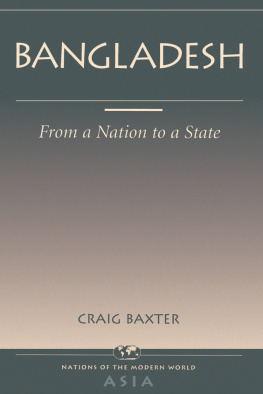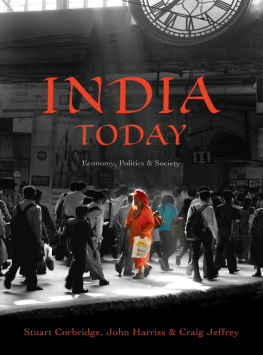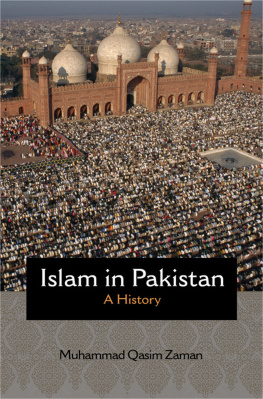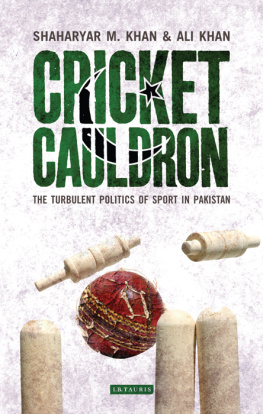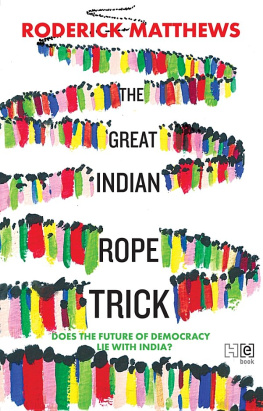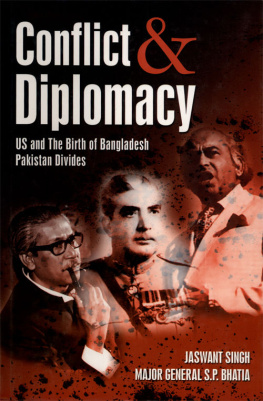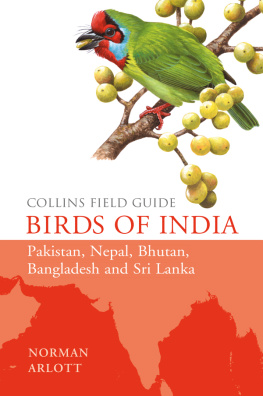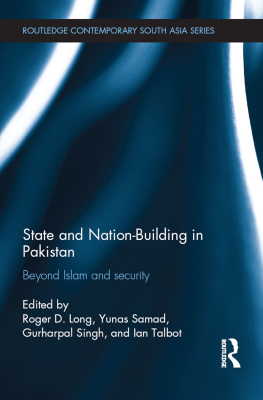Bangladesh
Nations of the Modern World: Asia
Bangladesh: From a Nation to a State ,
Craig Baxter
Taiwan: Nation-State or Province? Second Edition,
John F. Copper
Vietnam: Revolution in Transition , Second Edition,
William J. Duiker
The Philippines: A Singular and a Plural Place , Third Edition,
David Joel Steinberg
Japan: Profile of a Postindustrial Power , Third Edition,
Ardath W. Burks
FORTHCOMING
The Pacific Islands: Paths to the Present , Evelyn Colbert
Bangladesh
From a Nation to a State
Craig Baxter
Nations of the Modern World: Asia
First published 1998 by Westview Press
Published 2018 by Routledge
711 Third Avenue, New York, NY 10017, USA
2 Park Square, Milton Park, Abingdon, Oxon OX14 4RN
Routledge is an imprint of the Taylor & Francis Group, an informa business
Copyright 1997 by Taylor & Francis
All rights reserved. No part of this book may be reprinted or reproduced or utilised in any form or by any electronic, mechanical, or other means, now known or hereafter invented, including photocopying and recording, or in any information storage or retrieval system, without permission in writing from the publishers.
Notice: Product or corporate names may be trademarks or registered trademarks, and are used only for identification and explanation without intent to infringe.
Library of Congress Cataloging-in-Publication Data
Baxter, Craig.
Bangladesh: from a nation to a state / Craig Baxter.
p. cm. (Nations of the modern world. Asia.)
ISBN 0-8133-3632-5
1. BangladeshCivilization. I. Title. II. Series.
DS393.8.B39 1997
954.92dc20
96-41187
CIP
ISBN 13: 978-0-8133-3632-9 (pbk)
For Craig and Louise, who saw the subcontinent as children and young adults
Contents
Guide
In 1947 India was divided on the basis of the Two Nation Theory, the concept that because of their many differences in religion, language, culture, dietary habits, and so on, Muslims and Hindus could not exist as a single nation, as Indians. One result was that the Muslim majority areas were constituted as a separate state, the state of Pakistan. Of course the theory was violated. The first time was at independence, when so many Muslims remained in India that today the Muslim populations of Bangladesh, Pakistan, and India are roughly equal.
Although the term is never used, the subcontinent underwent the outcome of what could be described as a second Two Nation Theory, a division based on culture, language, and social organization rather than religion. This division resulted in the violent split of Pakistan into residual Pakistan and Bangladesh. In the 1991 election in Bangladesh, one issue was the definition of Bangladeshi nationalism. For the Awami League, it might be said that it accepted the concept that Bangladeshis are Bengalis who happen to be Muslims. In contrast, the Bangladesh Nationalist Party (BNP) considered Bangladeshis to be Muslims who happen to be Bengalis. While this description may oversimplify the two positions, we might recall that when the Awami League governed Bangladesh after independence, it referred to the people as "Bengalees" and set forth a secular polity and society. When the BNP was formed, it changed the designation of the people to "Bangladeshis" and recognized the religion of the very large majority by amending the constitution to make specific reference to Islam by stating that the Muslims of Bangladesh would be enabled to order their lives in accordance with the shari'ah.
The argument expressed in the title of this book is that Bengali Islam is as old as the arrival of Muslim preachers in Bengal. While Bengali Muslims often worked with Hindus, they also were political rivals, especially in the British period but even earlier, during the period of Muslim rule in Bengal. Therefore in this book I look not only at independent Bangladesh but also at the past. It is my contention that Bengali Muslims had over the centuries developed a nationhood that manifested itself as a state following the war of independence in 1971.
However briefly, I examine the Hindu and Buddhist past as well. An interesting and not irrelevant point is that the Bangladeshis do what they can, within their resource limits, to preserve their past, whether it be Hindu, Buddhist, or Muslim. This stands in striking contrast to Pakistan, where the Hindu and Buddhist past is generally ignored, even in schools, and history begins with the arrival of Mahmud of Ghazni, with a quick glance at the Indus valley civilization.
Bangladeshis are Bengalis and they are, most of them, Muslims. The two streams come together to form a vibrant nation that is now also a state.
Craig Baxter
Juniata College
I received much help in writing this book. Not the least was in the form of the many informal conversations I had with a wide range of Bangladeshis. Each assisted me in gaining knowledge of the country. They are nameless here, but they are not forgotten.
Three of my students at Juniata College helped me gather material. They are Jessica Peters, Michael Miller, and Omar Karimusshan. Dr. Syedur Rahman of Pennsylvania State University assisted in finding many sources and in translating the report on the 1991 election. Dr. Mizanur Rahman Shelley and his associates at the Centre for Development Research in Dhaka also aided me in my research. I also owe gratitude to Dr. Shelley for permitting me to use a map that originally appeared in a work of his published through the center. My wife, Barbara, and daughter, Louise, carefully read the manuscript, and besides pointing out what a poor typist (is that word still valid now that the typewriter is a computer?) I am, found many places where I knew what I was writing about but no one else would. Susan McEachern, Laura Parsons, and Ryan Goldberg at Westview Press and copy editor Alice Colwell continued that process and improved the work enormously. My thanks to all of thembut, as usual, the remaining goofs are mine.
C. B.
Bangladesh
1
A Delta and Its People
On the alluvial plains at the delta of the Ganges and Brahmaputra Rivers live about 175 million Bengalis, about two-thirds of them in the independent People's Republic of Bangladesh and the remainder in the Indian state of West Bengal. Not every square mile of the territory of the two political units is delta, but the delta is home to the overwhelming majority of Bengalis, whose lives are very much affected by and dependent on the Ganges, the Brahmaputra, the Meghna, and other rivers such as the Karnaphuli and the Karotoya. The ancient Sanskrit name for the area, "Vanga," evolved into "Bangla" or "Bengal" and, for the new state, "Bangladesh," "Land of the Bengalis."
The story of Bangladesh covers its rivers and its people. But it also concerns two of the greatest cleavages of the Indo-Pakistani-Bangladeshi subcontinent: the division between Hindus and Muslims, which led to the partition of India in 1947; and the hostility between the two wings of Pakistan, which resulted in civil war, Indian intervention, and the independence of Bangladesh in 1971. An understanding of these two events is essential to the study of Bangladesh, as is a consideration not only of the almost two centuries of British rule but also of the Hindu, Buddhist, and Muslim periods that preceded control by the Europeans. A nation cannot be separated from its past; this is eminently true of the "Land of the Bengalis." We must ask: Are the Bangladeshis Bengalis first? Do they look to their shared cultural and linguistic past? Or are they Muslims first, Muslims who, even after separation, retain a community of interests with Pakistan, especially with regard to India? We shall see that they can be either, depending on the circumstances.

